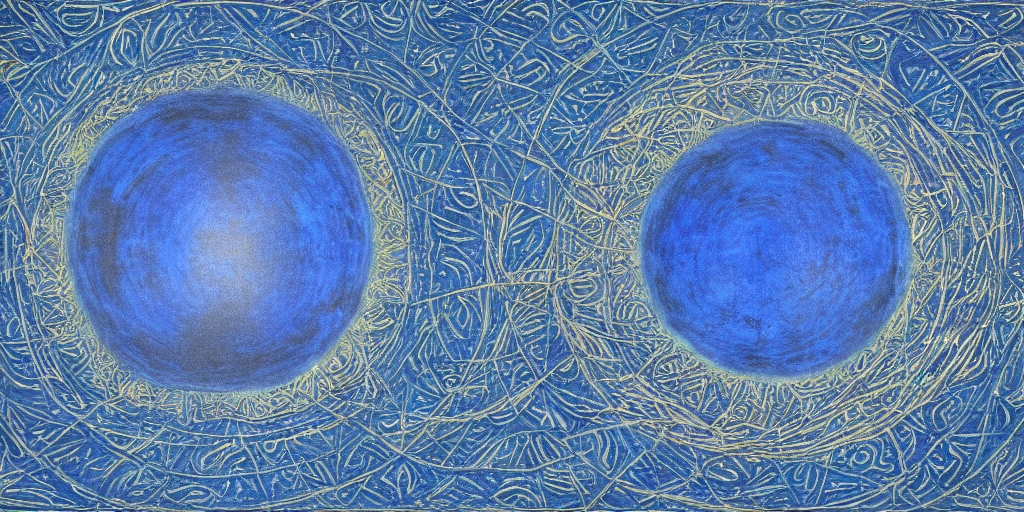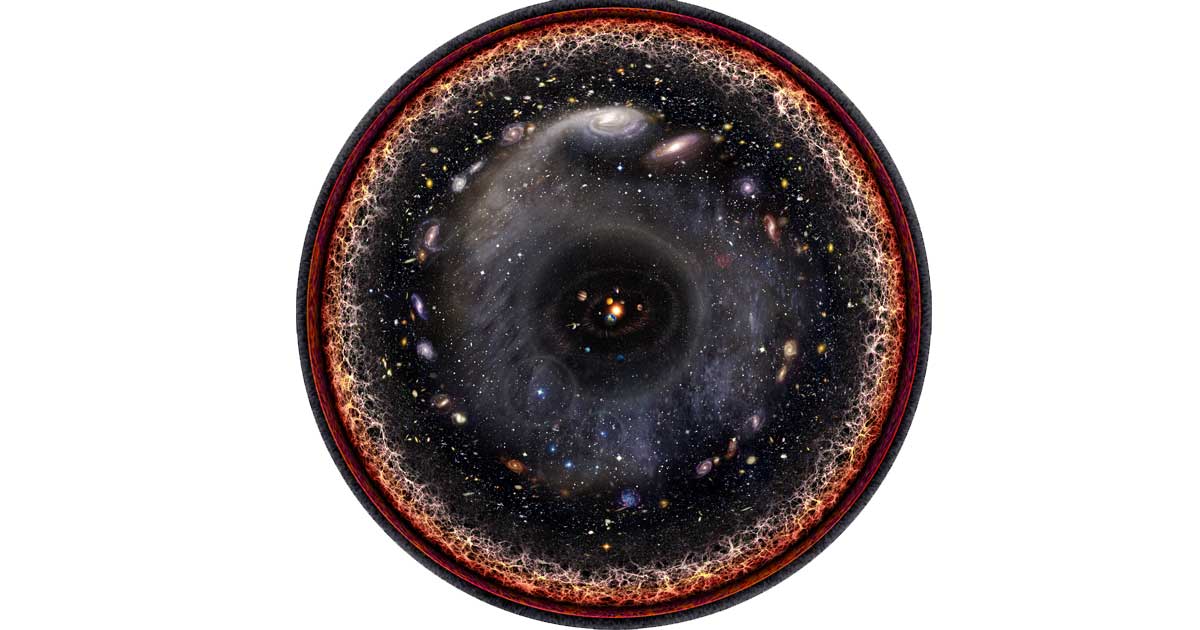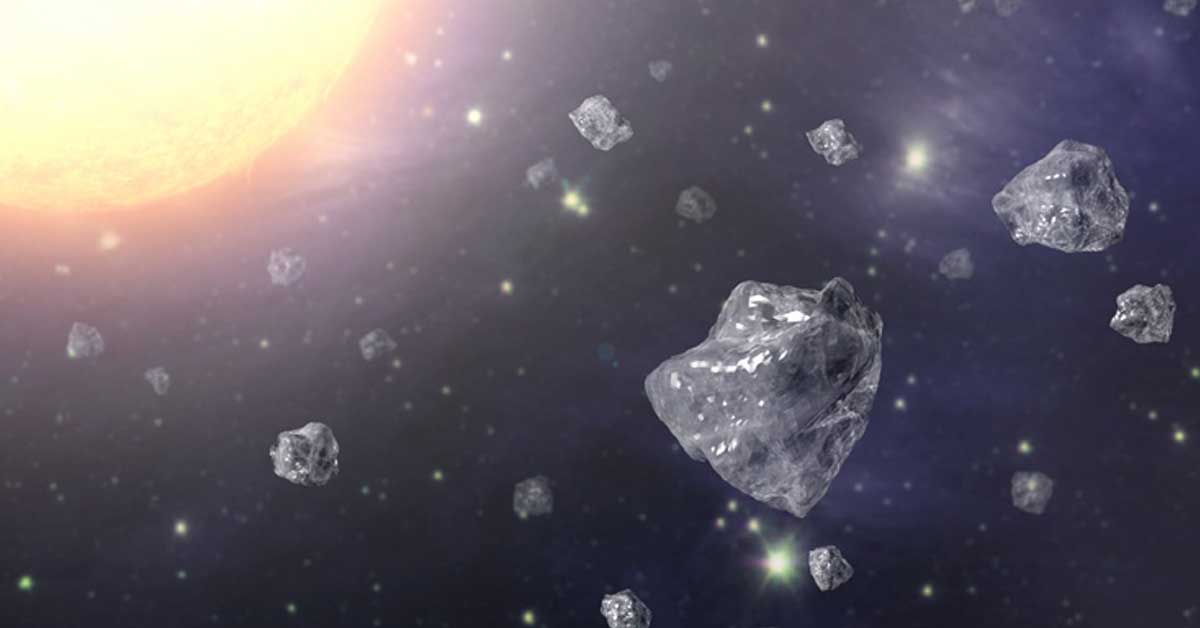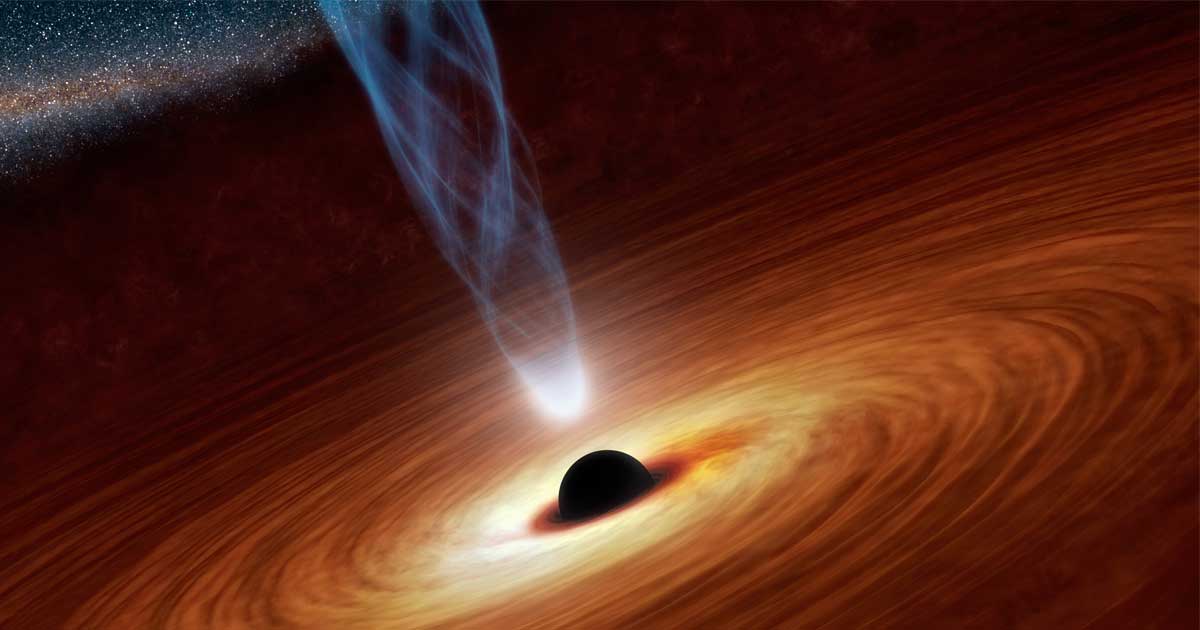The Sun is Yellow

We have all seen pictures of a bright yellow sun in children’s books and art, but have you ever wondered if the sun is actually yellow?
Astronomy is a natural science which studies celestial objects and their relation to the universe.

We have all seen pictures of a bright yellow sun in children’s books and art, but have you ever wondered if the sun is actually yellow?

There is a video that shows our solar system as a vortex and says the heliocentric model of the solar system we know is wrong. However, the video is wrong and the heliocentric model is correct.

Extraterrestrial diamonds are very common in the universe. It rains diamonds on some planets, other planets are made of diamonds, and there are even diamonds in stars!

Aristotle once postulated “horror vacui” (Nature Abhors a Vacuum). It turns out nature really can’t stand a perfect vacuum.

The Sun’s magnetic field “flips” in cycles, with its field regularly weakening and strengthening, and reversing polarity roughly once every eleven years.

Carl Sagan and NASA gained popularity when the longtime space program scientist created the Pioneer plaque and the Voyager Golden Record to be sent to space.

Isaac Newton produced many well-known works in math, astronomy, and physics, but he produced about as many unpublished works which dealt with theology, alchemy, and the occult.

Kant predicted the effect of tides on the earth’s rotation, the composition of nebulae and the solar system, and a multi-galaxy universe in 1755; his theories weren’t fully confirmed until the 1900’s.

The Black Hole Information Paradox suggests information can’t escape a black hole intact. While new theories show information may be able to escape, it hasn’t been proven as of 2016.

Mercury is the closest planet to the sun, and thus receives the most direct heat. However, Venus is hotter, as Mercury doesn’t have an atmosphere thick enough to trap and hold heat.